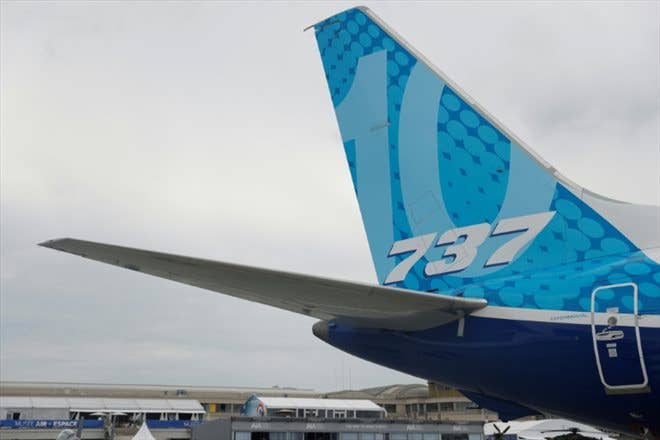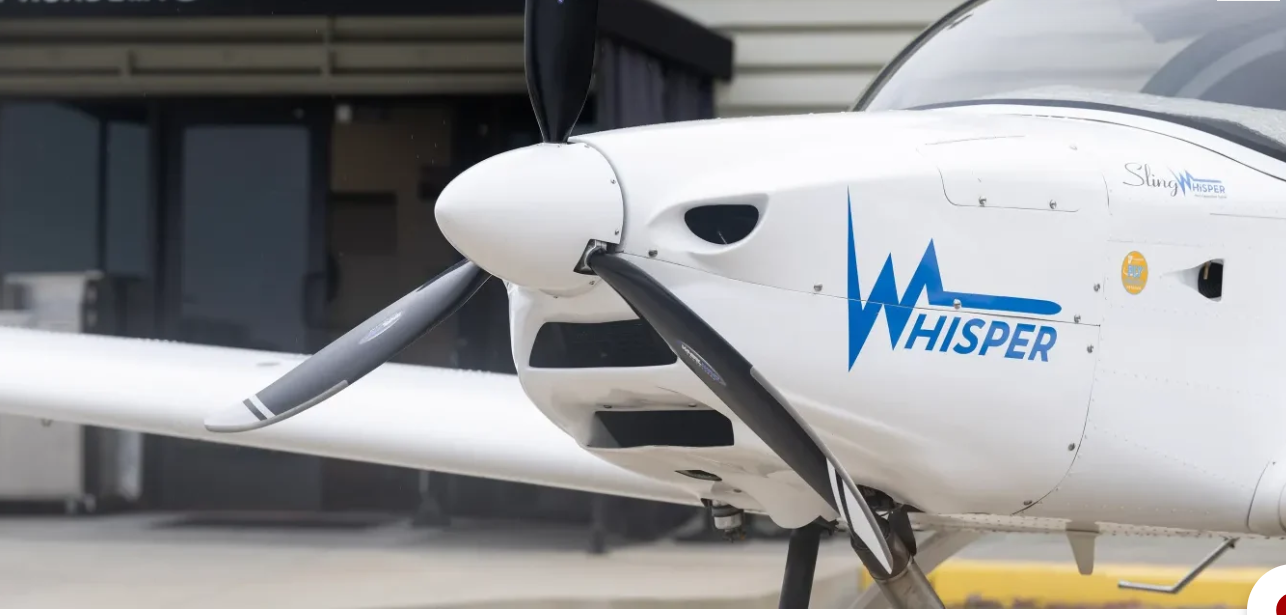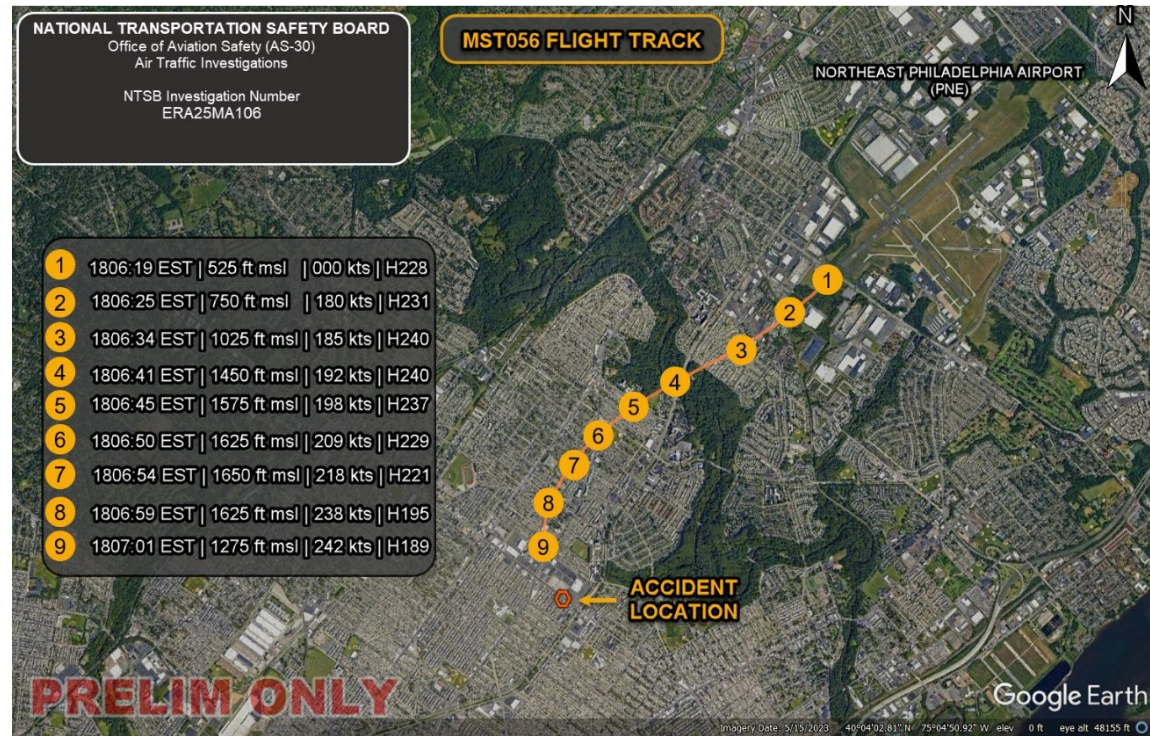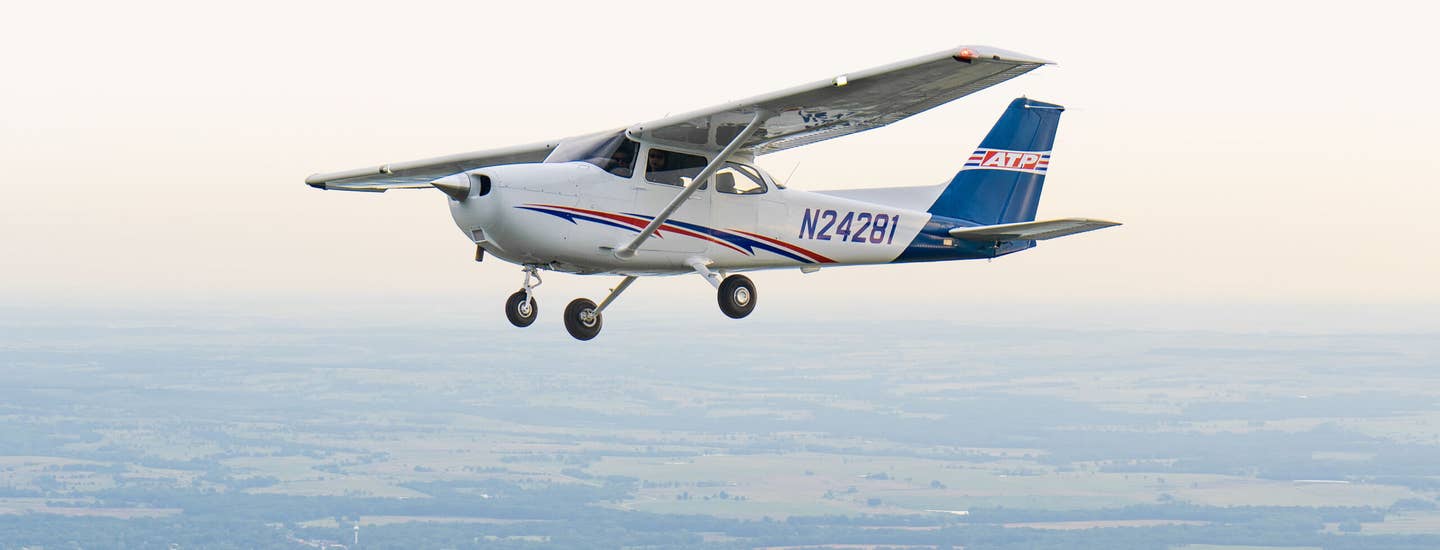NTSB Rips FAA For Delayed 737 Rudder Response
The FAA has now contacted its counterparts in 40 countries about the problem.

The NTSB has followed up an oddly timed urgent safety recommendation with a harsh rebuke of the FAA, alleging the agency didn't act on a flaw in Boeing 737 NG and MAX models until the NTSB raised the alarm. As a result, the board says as many as 288 aircraft, most of them flying for about 40 different international airlines, still have an improperly assembled rudder actuator that can cause the rudder to freeze stuck in cold weather. In a letter to FAA Administrator Mike Whitaker, NTSB Chair Jennifer Homendy alleged the FAA “did not take this issue more seriously until we issued our urgent safety recommendation report.”
As we reported last week, the NTSB issued a press release on its safety recommendation on an issue that arose more than seven months earlier when the crew of a United 737 MAX couldn't move the rudder on rollout at Newark last February. The cause was quickly traced to the rollout guidance actuator, a servo linked directly to the rudder controls that is normally only used in CAT IIIb approaches. The bearing was installed backward in the affected units, which were made by Collins, and that allowed moisture to get into the internal mechanism and freeze in cold weather. United was the only U.S. carrier with the suspect actuator and it said it swapped them out on the nine affected aircraft earlier this year.
Whitaker said Monday the FAA is taking the matter seriously and has contacted other countries to “ensure they have the information they need from the FAA including any recommended actions.” It did not say why giving the heads-up to other aviation authorities took seven months. Boeing said it told all customers with the affected aircraft about the issue in August.






